Ability Reporting
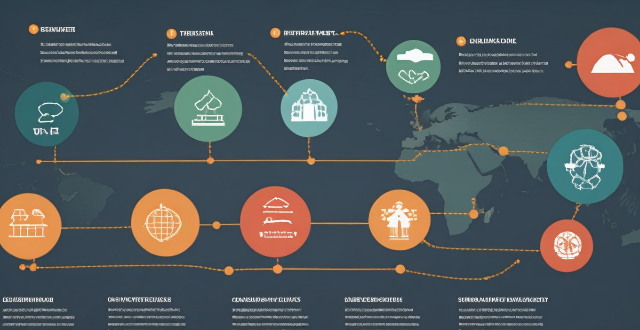
How does TCFD align with other global reporting initiatives like the Global Reporting Initiative (GRI) ?
The Task Force on Climate-related Financial Disclosures (TCFD) and the Global Reporting Initiative (GRI) are two global sustainability reporting frameworks that share several key points of alignment. Both provide guidelines for companies to report on their sustainability performance, with TCFD focusing specifically on climate-related financial disclosures and GRI covering a broader range of sustainability issues. They also emphasize the importance of materiality assessment, stakeholder engagement, risk management, and climate change disclosures in determining which aspects are most relevant to an organization's business model and strategy. By following both frameworks, companies can provide a more comprehensive picture of their sustainability performance and demonstrate their commitment to addressing climate change and other sustainability issues.
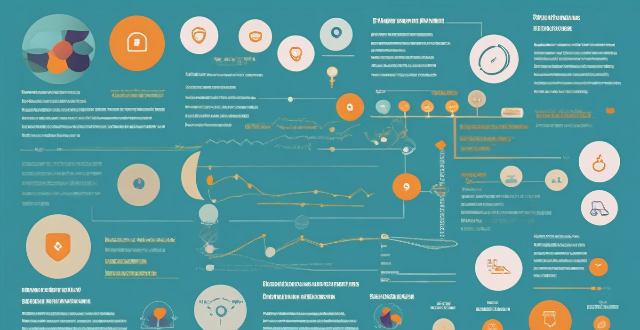
How does TCFD differ from other sustainability reporting frameworks ?
The Task Force on Climate-related Financial Disclosures (TCFD) is a unique sustainability reporting framework that focuses specifically on the financial risks and opportunities associated with climate change. It differs from other frameworks such as the Global Reporting Initiative (GRI) and the Sustainability Accounting Standards Board (SASB) in several key ways, including its exclusive focus on climate change, emphasis on financial implications, stakeholder engagement, specific recommendations for reporting, and integration with financial reporting. TCFD's approach helps companies effectively communicate their climate-related financial risks and opportunities, making it a valuable tool for navigating the complexities of climate change and its potential impact on their bottom line.
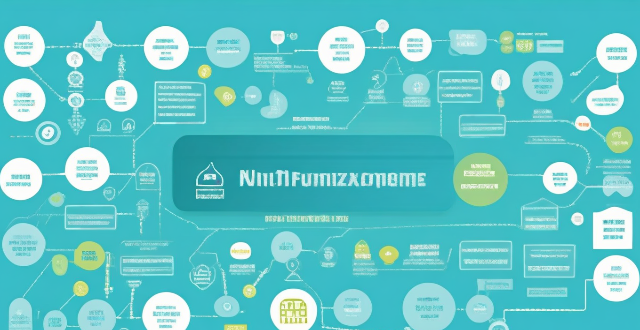
What are the most common ESG reporting frameworks used by companies ?
The Global Reporting Initiative (GRI) is a widely used sustainability reporting framework that provides a standardized approach for companies to report on their economic, environmental, and social performance. The GRI consists of several standards, including those related to disclosure principles, management approach, economic performance, environmental performance, social performance, governance, non-financial information disclosure, reporting principles, boundaries, guidelines, content, quality, frequency, language, format, timeframe, period, entities, scope, limitations, assurance, certification, training, tools, collaboration, innovation, stakeholder engagement, data quality, impact assessment, risk management, performance indicators, materiality analysis, and stakeholder engagement process. These standards help organizations prepare high-quality GRI reports that are accurate, reliable, and consistent across different organizations and sectors.

What ethical considerations should be taken into account when reporting on athletes' personal lives ?
The text discusses ethical considerations in reporting athletes' personal lives, emphasizing respect for privacy, accuracy and fairness, consent and participation, handling sensitive topics with care, public interest, age and maturity, cultural sensitivity, and aftermath support. It suggests that journalists should avoid intrusion, verify information, ask for permission, handle sensitive topics with care, consider age and maturity, recognize cultural differences, provide resources for support, and follow up responsibly. The text concludes that reporting on athletes' personal lives requires a nuanced approach that prioritizes ethics over sensationalism to maintain integrity while informing the public about the human aspects of sports figures they admire.

Is speed reading a natural ability or a skill that can be learned ?
Speed reading is a topic of interest for many individuals who wish to improve their reading efficiency and comprehension. The question arises whether speed reading is a natural ability that some people possess, or if it is a skill that can be learned and developed through practice and training. While there may be some individuals who possess a natural ability for speed reading, it is generally accepted that speed reading is a skill that can be learned and improved upon through practice and training. By employing specific techniques and strategies, anyone can enhance their reading speed and comprehension, ultimately increasing their productivity and knowledge acquisition.

How does TCFD affect corporate reporting ?
The Task Force on Climate-related Financial Disclosures (TCFD) has significantly impacted corporate reporting by requiring enhanced disclosure of climate-related risks and opportunities. Companies must identify, assess, and manage these risks, including through scenario analysis and governance processes. They also need to disclose how climate change affects their business model and strategy, as well as the alignment of their portfolio with a low-carbon transition. Operational performance metrics such as emissions data and energy use must be reported, along with information on positive impacts and innovation related to climate action. Overall, the TCFD guidelines aim to promote transparency and encourage companies to integrate sustainability into their financial decision-making processes.

What role does technology play in improving environmental monitoring ?
Technology plays a pivotal role in enhancing environmental monitoring by enabling advanced data collection, analysis, visualization, reporting, and conservation efforts. Satellite imagery, drone surveillance, sensor networks, big data analytics, GIS, real-time reporting systems, and early warning technologies are among the key tools used. These advancements not only improve our understanding of environmental changes but also aid in managing resources and raising public awareness about ecological issues.
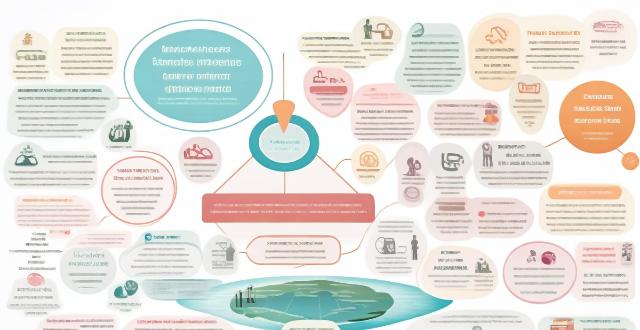
What are the best practices for businesses to report on their environmental impact as part of their CSR initiatives ?
Reporting on environmental impact is crucial for businesses as part of their CSR initiatives. Best practices include setting clear objectives and goals, collecting relevant data, analyzing environmental footprint, developing an action plan, communicating findings, encouraging stakeholder engagement, and continuously improving the reporting process. By following these steps, businesses can demonstrate their commitment to sustainability and transparency while providing valuable information to stakeholders about their environmental performance.

How can businesses measure and report their environmental performance throughout their supply chains ?
Measuring and reporting environmental performance in supply chains involves setting clear objectives, conducting a baseline assessment, developing an action plan, implementing and monitoring progress, and reporting performance transparently. Adopting standardized metrics, engaging stakeholders, and continuously improving are best practices to effectively manage environmental impact throughout the supply chain.
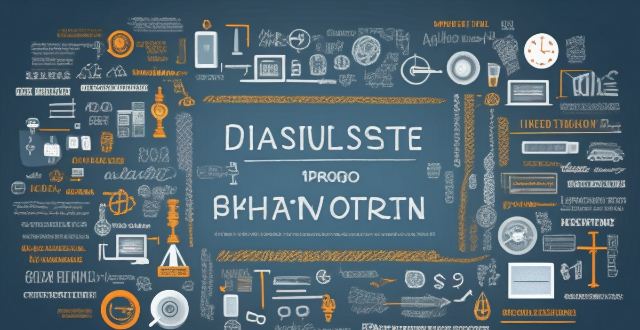
What role does media coverage play in shaping public opinion on climate skepticism ?
The text discusses the role of media coverage in shaping public opinion on climate change and climate skepticism. It highlights the influence of biased reporting, sensationalism, balanced coverage, source credibility, and audience perception on how individuals form their beliefs and attitudes towards these issues. The text emphasizes the importance of accurate, balanced, and transparent reporting by media outlets to ensure that the public is well-informed and able to make informed decisions based on evidence.

How can companies integrate green finance into their business models ?
How Can Companies Integrate Green Finance into Their Business Models? Incorporating green finance is essential for sustainable growth and meeting ESG criteria. Here are some ways companies can integrate it: 1. Assessment of Environmental Impact: Conduct carbon footprint analysis and environmental risk assessment to identify areas for improvement. 2. Green Investments: Invest in renewable energy projects and develop energy-efficient infrastructure to reduce reliance on fossil fuels. 3. Green Products and Services: Develop sustainable products and eco-friendly services that minimize waste and promote sustainability. 4. Financing and Funding: Issue green bonds and seek financing from banks offering loans specifically for sustainable projects. 5. Reporting and Transparency: Regularly report on environmental performance, encourage independent audits, and build trust with investors. 6. Collaboration and Partnerships: Work with suppliers to implement sustainable practices and partner with organizations committed to sustainability. 7. Incentives and Benefits: Take advantage of government incentives, seek out grants, and obtain certifications to enhance green credentials. 8. Employee Engagement and Training: Create green teams and offer training programs to educate employees about sustainability. By adopting these strategies, companies can enhance their competitiveness and attract investors and consumers who prioritize sustainability.

Can stress impact a woman's ability to conceive ?
The text discusses the potential impact of stress on a woman's ability to conceive, detailing how stress can lead to hormonal imbalances that affect menstrual cycles and ovulation, decreased sex drive, impaired egg quality, and difficulty maintaining pregnancy. It also provides coping strategies such as mind-body techniques, exercise, building a support system, and making lifestyle changes to manage stress levels and potentially improve fertility.

Can certain foods or dietary habits influence our ability to concentrate ?
The influence of certain foods and dietary habits on our ability to concentrate is significant. Consuming caffeine in moderation can enhance alertness, while staying hydrated is crucial for cognitive performance. Protein helps balance blood sugar levels, healthy fats support brain health, and avoiding high sugar intake prevents energy crashes. Iron, vitamins B6, and B12 are essential for cognitive function. By choosing nutrient-dense foods and adopting healthy dietary habits, we can support optimal cognitive function.

Can participation in sports enhance one's ability to express themselves artistically ?
Participating in sports can enhance one's artistic expression by improving physical abilities, increasing creativity, developing discipline and perseverance, and building emotional intelligence. These skills can be applied to various forms of art such as dance, theater, music, and visual arts. While it may not be necessary to participate in sports to become an artist, doing so can provide valuable experiences that can benefit anyone looking to express themselves creatively.
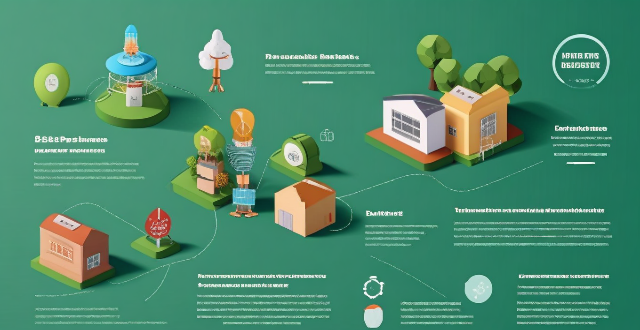
How can businesses incorporate sustainability practices and raise environmental awareness among consumers ?
Businesses can promote sustainability and raise environmental awareness among consumers by implementing green practices, engaging employees and stakeholders, and leveraging marketing and communications strategies. These include using renewable energy sources, managing waste responsibly, conserving water, offering sustainability workshops, forming green teams, collaborating with NGOs and suppliers, participating in community outreach, using eco-labels, developing green product lines, publishing sustainability reports, launching green social media campaigns, blogging about sustainability, and producing video content showcasing the company's commitment to sustainability.

How does smoking affect a woman's ability to get pregnant ?
Smoking can severely impact a woman's fertility by reducing ovulation, damaging eggs and sperm, causing hormonal imbalances, decreasing endometrial receptivity, and increasing the risk of ectopic pregnancy. Quitting smoking is crucial for improving fertility and ensuring a healthy pregnancy. Seeking professional help, making lifestyle changes, and educating oneself about the harmful effects of smoking on fertility are recommended steps towards achieving a successful pregnancy.

How does age impact the ability to learn and improve sports skills ?
Age impacts learning and improving sports skills due to physical, cognitive, and psychological changes. Physical changes include decline in muscle mass and strength, decreased cardiovascular fitness, and joint pain and stiffness. Cognitive changes involve slower reaction times, decreased motor coordination, and memory loss. Psychological changes include fear of injury and lack of motivation. By adapting training accordingly, older athletes can continue to improve their sports skills and enjoy participating in sports throughout their lives.

How do electronic devices impact our ability to fall asleep ?
Electronic devices, such as smartphones and laptops, have become an integral part of modern life but their use has raised concerns about their impact on sleep quality and quantity. Exposure to blue light from electronic screens before bedtime can delay the onset of sleep by suppressing the production of melatonin, a hormone responsible for regulating sleep-wake cycles. This means that using electronic devices in the hours leading up to bedtime can make it harder for us to fall asleep. In addition, engaging with stimulating content on electronic devices can lead to mental arousal, making it difficult for us to relax and fall asleep. To reduce the impact of electronic devices on sleep, consider implementing tips such as establishing a relaxing bedtime routine, limiting screen time before bed, creating a technology-free sleep environment, and engaging in mindfulness practices.

How does one's vocabulary impact their ability to understand complex texts ?
The article discusses the crucial role of vocabulary in understanding complex texts. It emphasizes that a strong vocabulary enhances word recognition, contextual understanding, and inferencing abilities, which lead to improved reading speed, greater comprehension, and enhanced critical thinking skills. The article also provides strategies for building vocabulary, such as reading widely, using flashcards or apps, and practicing with new words.

Can anyone learn a new language quickly, or does it depend on individual ability ?
Learning a new language is influenced by cognitive, social, and emotional factors. Intelligence, memory, attention, motivation, practice opportunities, and a supportive environment all play a role in language acquisition. Emotional factors such as anxiety and self-confidence can also impact learning. However, anyone can improve their language skills through strategies like setting clear goals, consistent practice, and using multiple learning styles.

How does having a pre-existing condition impact my ability to buy insurance ?
The text discusses the impact of pre-existing conditions on insurance purchase, including eligibility, cost, waiting periods, exclusions and limitations. It also provides tips for buying insurance with a pre-existing condition such as researching options, disclosing relevant information, considering government-sponsored plans, and working with an insurance broker.

How do smart fabrics and materials enhance sportswear ?
Smart fabrics and materials are revolutionizing sportswear by offering enhanced performance, comfort, and functionality. They provide moisture-wicking ability, breathability, stretchability, durability, and antimicrobial properties. These features help athletes stay dry, comfortable, flexible, durable, and hygienic during intense workouts or competitions. Overall, smart fabrics and materials play a crucial role in enhancing sportswear, providing athletes with improved comfort, performance, and functionality.
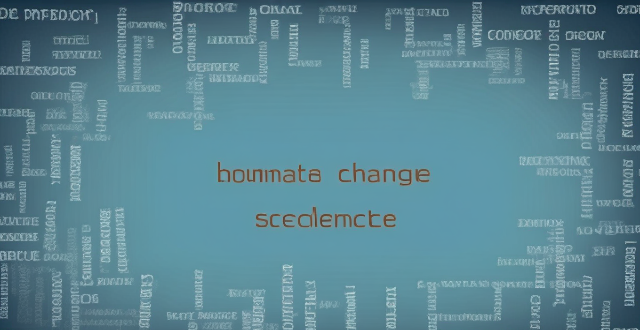
How does climate change impact ethical considerations in business practices ?
This text discusses the impact of climate change on ethical considerations in business practices. It outlines how climate change affects sustainability and resource use, supply chain resilience, product stewardship and lifecycle, employee and community well-being, and transparency and accountability. The text suggests actionable steps that businesses can take to address these issues, such as adopting renewable energy sources, diversifying suppliers, designing products with their end of life in mind, engaging with communities, and publishing annual sustainability reports. Overall, the text emphasizes the importance of integrating sustainability into every aspect of business operations to mitigate environmental impact and build trust with stakeholders.

What are the benefits of shopping at a sample sale ?
Shopping at a sample sale can provide numerous benefits to the savvy shopper. These include significant discounts, unique finds, the ability to try before you buy, quality assurance, support for sustainability, insider access, networking opportunities, and tips on how to navigate a sample sale effectively. By following these guidelines, you can fully enjoy the perks of shopping at a sample sale while getting great deals on high-quality products.

What are the ethical considerations in tax planning ?
Tax planning is crucial for financial management but must be done ethically to maintain fairness and integrity. Key considerations include avoiding aggressive tax avoidance, ensuring transparency and honesty in reporting, paying a fair share of taxes, avoiding double standards, considering long-term sustainability, and recognizing the responsibility towards society by supporting public services through taxes.

How do energy-efficient buildings contribute to sustainability ?
Energy-efficient buildings contribute to sustainability by reducing energy consumption, decreasing greenhouse gas emissions, and conserving natural resources. These buildings use less energy for heating, cooling, and lighting, resulting in lower energy bills and reduced carbon footprints. They also incorporate features like improved ventilation systems and water-saving technologies to improve air quality and conserve water resources. By using renewable materials and minimizing waste, these buildings help conserve natural resources and reduce landfill waste. Overall, energy-efficient buildings play a crucial role in achieving sustainability and protecting our planet for future generations.
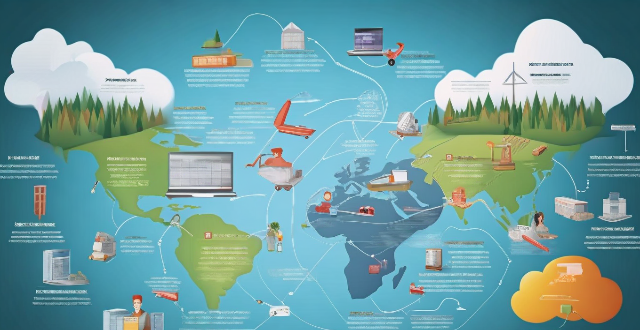
What are some best practices for managing risk associated with climate change in a global supply chain ?
This article outlines best practices for managing risk associated with climate change in a global supply chain. It suggests assessing climate change risks by identifying potential impacts and evaluating vulnerabilities, developing a risk management plan that includes setting clear objectives and implementing mitigation measures, and monitoring and reviewing performance through tracking progress against objectives and continuously improving strategies. Key strategies include diversifying supplier networks, investing in resilient infrastructure, improving energy efficiency, enhancing supply chain transparency, promoting sustainable practices, establishing regular reporting processes, benchmarking against industry standards, soliciting stakeholder feedback, revising risk management plans regularly, participating in collaborative learning opportunities, and fostering a culture of innovation within the organization.